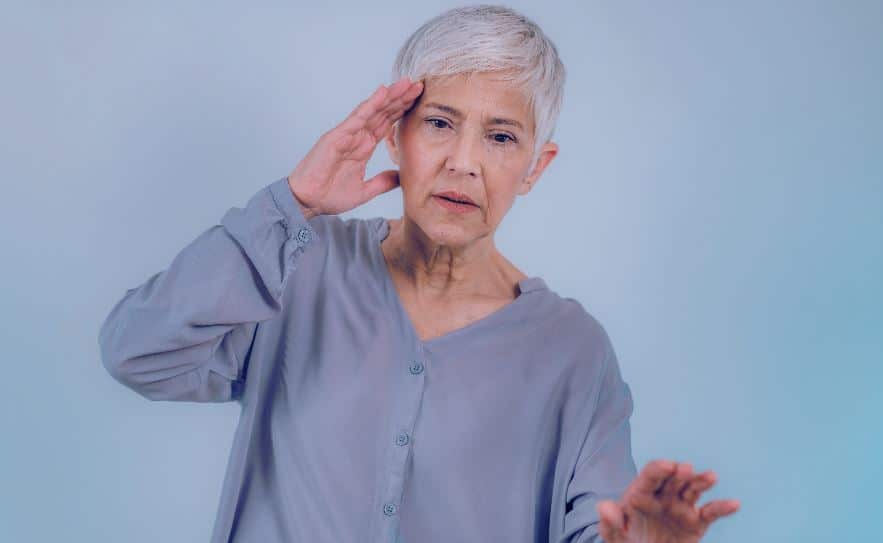Are patients better (or not) when they say so?
The first thing we ask our patients when they return for follow up after undergoing Canalith Repositioning (CRP) is, “Are you better?” Most say “Yes, I am fine.” Some say “No, I am still dizzy.”
So, the second question is, “Are you still spinning when you lie down, roll over, etc?” The majority of this group will clarify that the positional vertigo is gone, but that they have some additional continuing symptom that falls under the vague heading of dizziness. Some of these may involve chronic disequilibrium that has nothing to do with their recently resolved BPPV; however, some patients have lingering BPPV-related symptoms after the episodes of vertigo have been resolved.
Lingering Complaints After Treatment
Following successful CRP, some patients may continue to have mild and non-specific complaints, resulting in higher Dizziness Handicap Inventory (DHI) scores. These complaints typically don’t involve vertigo, nausea, or disequilibrium but rather a fleeting disorientation associated with head movement. This fleeting sensation of visual instability or orientation, lasting only a few seconds, may be attributed to other vestibular issues or residual effects of BPPV.
The American Academy of Otolaryngology-Head and Neck Surgery (AAO-HNS) Clinical Practice Guideline suggests that patients with persistent symptoms after CRP should undergo further vestibular evaluation.
There is speculation that the fleeting disorientation experienced by some patients could be due to a cerebellar clamp response, triggered by the transient asymmetry resulting from repeated BPPV episodes. In most cases, this sensation resolves naturally within one to two weeks through regular activities. However, in some instances, patients may be prescribed a short course of home-based Vestibulo-Ocular Reflex (VOR) exercises to help recalibrate the gain of their VOR. Currently, there are no studies comparing VOR gain before and after CRP.
Another group of patients commonly encountered are those who avoid lying down on a particular side due to a fear of dizziness. Despite reporting no recent episodes of positional vertigo, these patients have developed an anxiety component that leads them to avoid specific positions for extended periods, ranging from weeks to years. While it is essential to consider their history of vertigo, this avoidance behavior indicates the presence of anxiety factors impacting their perception.
Understanding these different scenarios and symptoms enables professionals to tailor their approach to each patient’s unique needs.
By considering the lingering effects of BPPV, conducting further evaluations when necessary, and addressing anxiety components, healthcare professionals can provide comprehensive care and support to patients recovering from inner ear disorders.







Great information as usual.
“There is speculation that this “fleeting disorientation” may be the result of a form of cerebellar clamp in response to the transient, but significant asymmetry associated with repeated episodes of BPPV”.
Hello Mister Desmond
Very informative and I wanted to ask you:
Does that mean that after the treatment you start feeling a new symptoms?
I am trying to understand the logic there , if I suffered for long time from BPPV and then Had the treatment and my canal is clear , does that mean that the brain will provoke new symptoms or does that mean that what I feel now will be the same only minus the Positional symptoms ?
I am only trying to understand it as I gather that BPPV does not leave a damage and it makes me worry that upon treatment some non described will rise , you know – BPPV is terrible but I just wonder if the saying :”Better the devil you know” will be right on this case, or Am I just exaggerating it because I am so desperate with that BPPV struggle ?